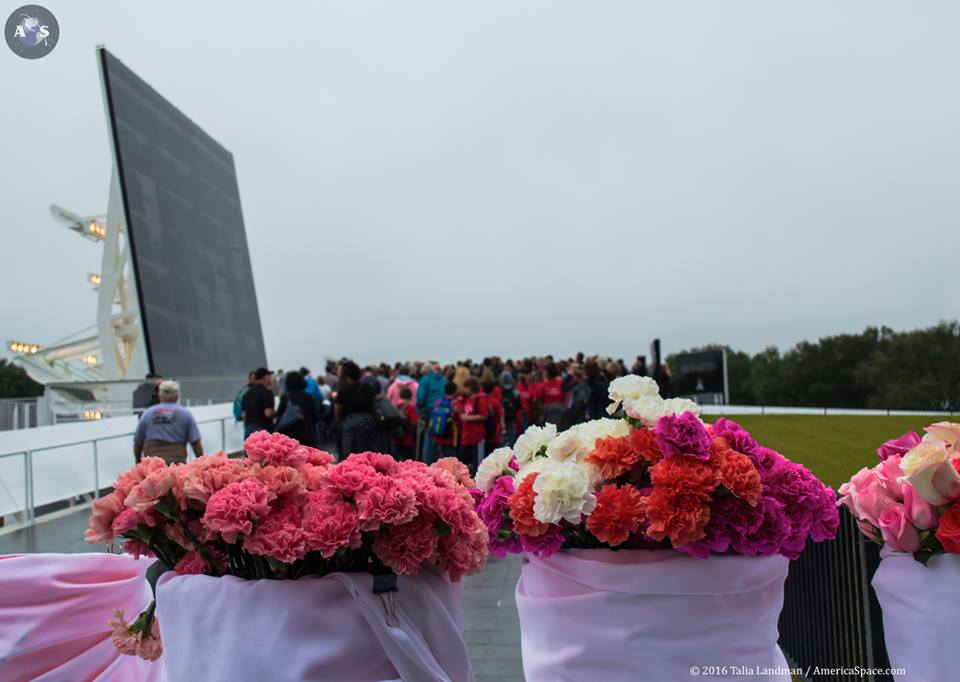
For NASA, the fourth and fifth weeks of each year have always carried a somber mood of reflection and resolve, in which the glories of past successes—including Voyager 2’s triumphant encounter with Uranus—have been juxtaposed with three of the worst tragedies ever to befall the U.S. space program. Thirty years ago, today, at 11:39 a.m. EST, shuttle Challenger disintegrated just 73 seconds into her tenth flight, whilst traveling at twice the speed of sound and having attained an altitude of just nine miles (15 km). All seven astronauts aboard the orbiter, including teacher Christa McAuliffe, were killed in the disaster.
It was not the first time that American citizens had died in the cause of space exploration; 19 years earlier, on 27 January 1967, the three Apollo 1 astronauts were killed during a “plugs-out” test on the launch pad, and, most recently, on 1 February 2003, the seven-strong crew of Columbia was lost, just 16 minutes before their scheduled landing. To commemorate 30 years since Challenger, and to remember all of America’s fallen heroes, NASA’s Day of Remembrance saw a range of nationwide events in honor of employees and the families of those lost whilst furthering our knowledge of the cosmos.
NASA Administrator Charlie Bolden—a veteran astronaut, who completed his first shuttle mission just 10 days before the loss of Challenger—led today’s memorial, joining Deputy Administrator Dava Newman and other senior officials at Arlington National Cemetery in Arlington, Va. Gen. Bolden and his entourage held an observance and laid wreaths to reflect upon the astronauts who have been killed whilst preparing for and executing missions into the most harsh environment known to humanity. The 624 acres (253 ha) of Arlington, of course, is the United States’ best-known military cemetery, providing a final resting place for more than 400,000 veterans and their families over more than 150 years.

“Every year, at this time, we take a moment to reflect as the NASA Family on the very broad shoulders on which we stand; the shoulders of those women and men of NASA who gave their lives so that you and I could continue to reach for new heights for the benefit of all humankind,” Gen. Bolden noted in a Remembrance Day Message from the Administrator. “This year, as we remember all who we lost, we mark a very somber, 30-year anniversary: the loss of STS-51L (Challenger) on 28 January 1986.” The General was a classmate of Challenger’s pilot, Mike Smith, and reflected upon his experience working with these “dear friends and colleagues”, before closing with “Thank you for keeping our fallen colleagues in your hearts and for honoring their legacy every day by your dedication and hard work.”
And within Arlington’s hallowed grounds, in Section 46, lie the James Tanner Amphitheater and several major memorials, honoring the victims of the ill-fated Operation Eagle Claw, the World War I and II victims of the 3rd U.S. Infantry Regiment (the Old Guard) and the lost crews of Challenger and Columbia. Dedicated in March 1987 and February 2004, respectively, the twin shuttle memorials are accompanied, not far away, by the final resting places of several of their ill-fated crew members. According to the Cemetery, Challenger Commander Dick Scobee was buried within Section 46 on 19 May 1986—on what would have been his 47th birthday—and his interment was preceded by Pilot Mike Smith, whose remains were laid to rest in Section 7A a couple of weeks earlier.
“Early on the morning of 20 May 1986, the unidentified remains of all seven astronauts were buried near Scobee’s grave in Section 46,” noted the Cemetery. Three weeks later, on 12 June, Congress passed a concurrent resolution, requiring the Secretary of the Army to construct a memorial and it was subsequently decided by NASA and the crew’s families to set the monument over the cremated remains. “Family members of the seven Challenger astronauts and approximately 400 people attended the dedication ceremony on the morning of 21 March 1987,” it was explained, “including then-Vice President and Mrs. George Bush.” The monument, which includes carvings of the crew’s faces and names, pays “Grateful and Loving Tribute” to the Challenger astronauts and, upon its reverse, is the text of High Flight, the poem by John Gillespie McGee, Jr., whose immortal lines “I have slipped the surly bonds of earth” and “touched the face of God” were intoned by then-President Ronald Reagan in his remarks to the nation on the evening of 28 January 1986.
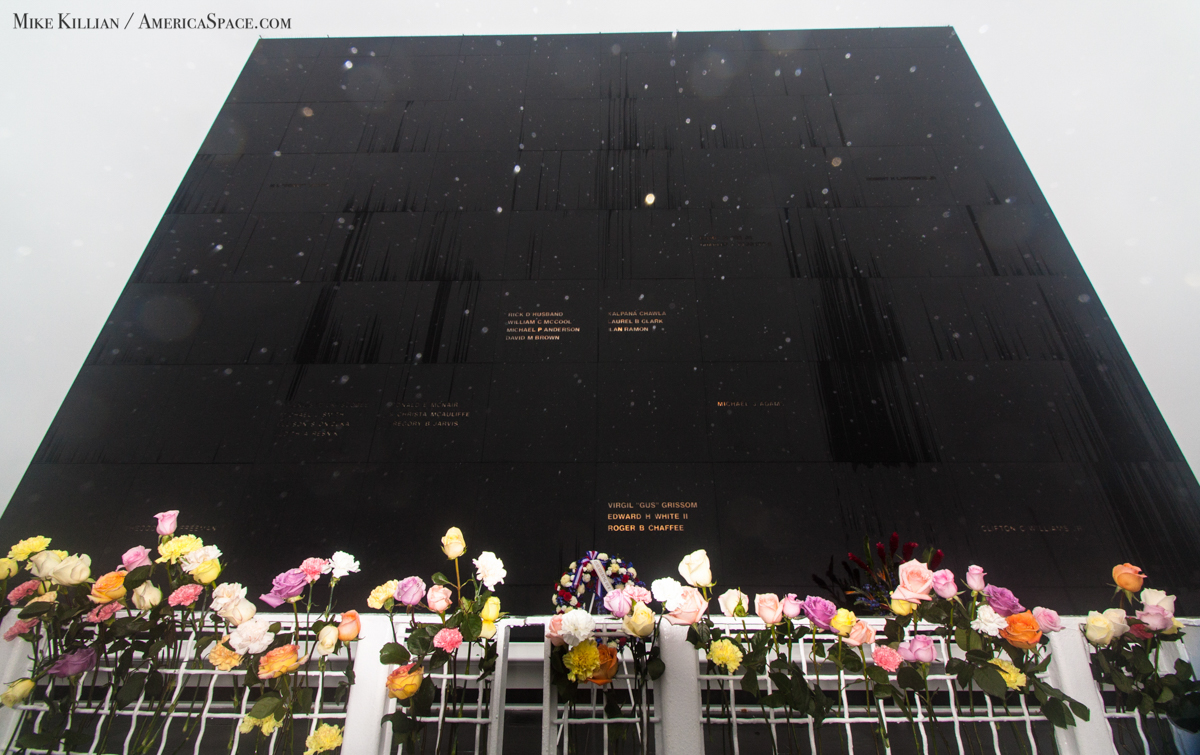
As for Columbia’s STS-107 crew, Mission Specialists Mike Anderson, Dave Brown and Laurel Clark also lie within Section 46. All three were interred in March 2003, a few weeks after the disaster which claimed them. In mid-April, then-President George W. Bush signed into law the Emergency Wartime Supplemental Appropriation Act, 2003,” whose language included the “Columbia Orbiter Memorial Act,” which called upon the Secretary of the Army to construct a suitable monument. Of similar shape to that of Challenger’s memorial, it was dedicated on 2 February 2004, at a ceremony attended by then-NASA Administrator Sean O’Keefe, together with over 400 family members, veteran astronauts and friends.
Also interred at Arlington are Apollo 1 astronauts Virgil “Gus” Grissom and Roger Chaffee, whose graves are located just to the south-east of Section 46, within Section 3. Their crewmate Ed White, a Military Academy graduate, was buried at West Point Cemetery in West Point, N.Y. Yet many others also paid the ultimate price, not during launch or during their return from orbit, but whilst in training. As Gen. Bolden led his observance at 9 a.m. EST, other NASA centers held their own remembrance events during the course of the day. At the Kennedy Space Center Visitor Complex (KSCVC) in Florida, a similar wreath-laying ceremony was held before the Space Mirror Memorial, which bears the names of 24 individuals—including Israel’s first astronaut, Ilan Ramon, who died aboard STS-107—who have lost their lives in accidents, whilst reaching the stars.
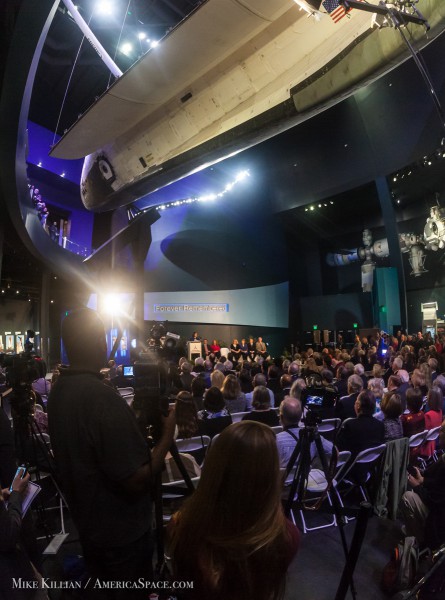
In addition to the 14 “star voyagers” of Challenger and Columbia, and the astronauts who might have flown aboard Apollo 1, they include test pilot Mike Adams, who attained an altitude of 266,000 feet—equivalent to 50.33 miles (81 km), which qualified him to receive Air Force Astronaut Wings—during his ill-fated flight aboard the X-15 rocket-propelled aircraft in November 1967. Catastrophically, Adams encountered rapidly increasing aerodynamic pressure and a violent Mach 5 spin during his descent, which, together with massive structural overloads, caused the disintegration of the vehicle and the death of the pilot. Other names on the Space Mirror Memorial include Bob Lawrence, who might have participated in the Air Force’s later-canceled Manned Orbiting Laboratory (MOL) project and would probably have gained selection into NASA’s Group 7 astronaut class, had he not died during an F-104 flight in December 1967. Interestingly, had Lawrence joined NASA, he may well have become the first African-American spacefarer.
Others who lost their lives in pursuit of the stars, and whose names and legacies are being remembered today, include Clifton “C.C.” Williams, a Marine Corps officer, selected by NASA in October 1963, who might have gone on to be Lunar Module Pilot (LMP) of Apollo 12—and the fourth human to set foot on the Moon—had his life not been snatched from him in a T-38 aircraft accident in October 1967. Williams’ contemporary, Ted Freeman, had also died three years earlier, in October 1964, whose T-38 ingested a goose into its port-side engine, shortly before alighting on the runway at Ellington Air Force Base in Houston, Texas. Too close to the ground to eject or for his parachute to open, Freeman became the Astronaut Office’s first fatality. Finally, the Space Mirror Memorial honors astronauts Elliot See and Charlie Bassett, whose T-38 crashed in St. Louis, Mo., on 28 February 1966, hitting the very building where their Gemini IX spacecraft was being built. The last name is that of shuttle astronaut Manley “Sonny” Carter, veteran of STS-33, who was killed in a commercial airline accident in April 1991.
In tandem with the Arlington and KSCVC observances today, other events across the nation took place to remember and to reflect. At NASA’s Marshall Space Flight Center (MSFC) in Huntsville, Ala., a candle-lighting ceremony occurred for employees, as well as a public event at the U.S. Space & Rocket Center. In Houston, at the Johnson Space Center (JSC), events included the placement of flowers at the centrally-located Apollo, Challenger and Columbia Trees. Elsewhere, the agency’s Glenn Research Center (GRC) hosted former astronaut Greg Harbaugh, who opened the exhibit “Inspiring the Future: The Legacy of Exploration”—which includes interactive features covering NASA history—at the Indiana Welcome Center in Hammond, Ind.
President Barack Obama also added his own thoughts on this most somber of anniversaries, during this most solemn of weeks for NASA. “For centuries, humankind has looked to the sky to set the stage for a future that redefines our limits and a reality where anything is possible,” the President said. “Reaching for those unbounded heights has been fundamental to developing our national character: helping us find the capacity to lead the human race to the next frontiers of discovery and the wisdom to use that knowledge for the better.” He continued by offering words of encouragement to “never forget” their bravery and self-sacrifice and intoned the words of then-President Ronald Reagan, who spoke from the White House, all those years ago, on the terrible day of 28 January 1986: “The future doesn’t belong to the faint-hearted; it belongs to the brave.”
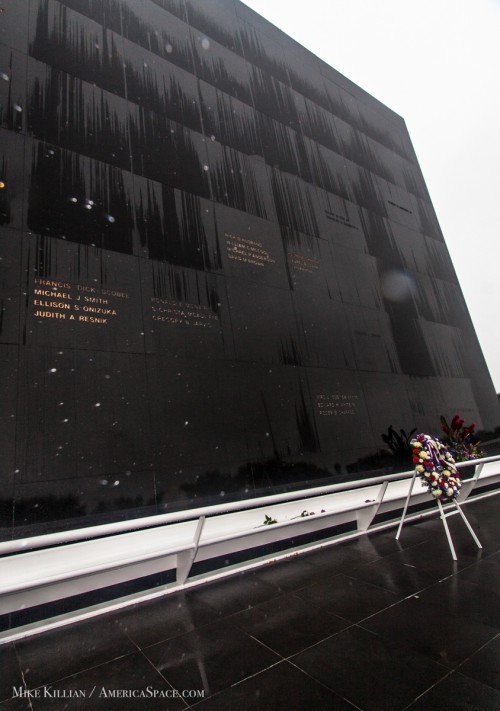
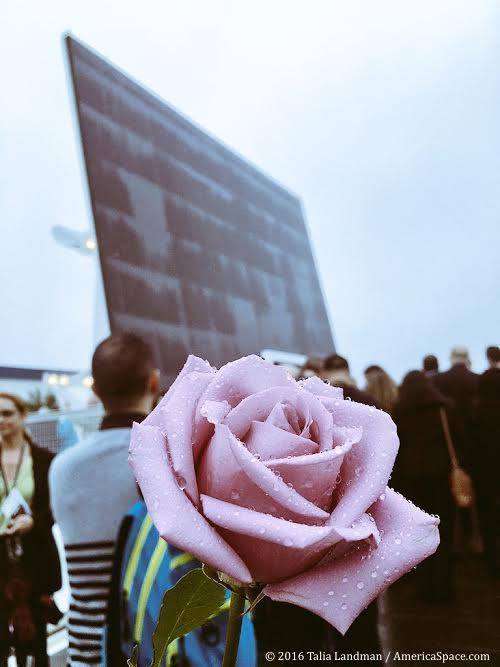
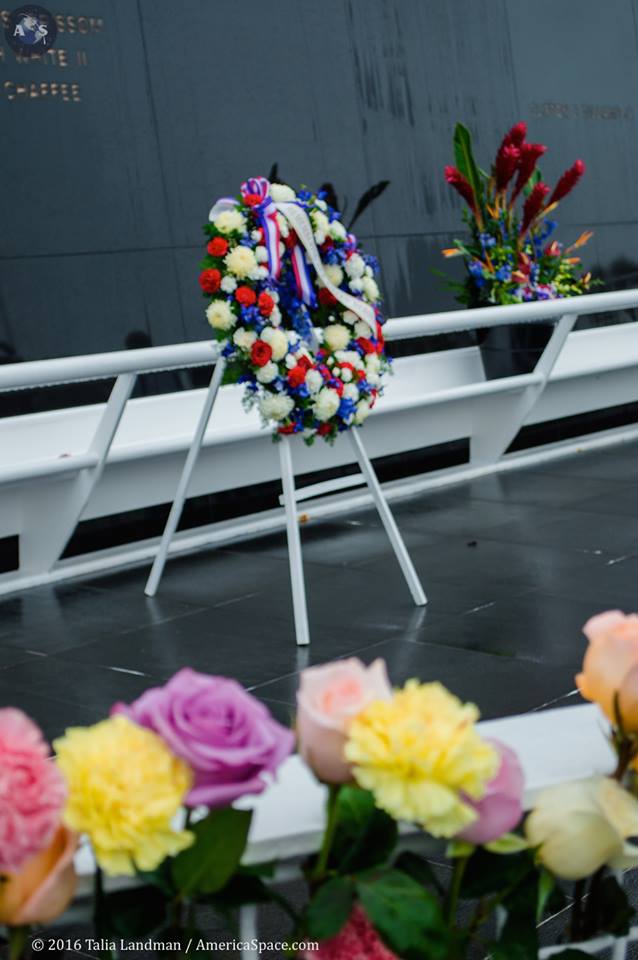
Be sure to “Like” AmericaSpace on Facebook and follow us on Twitter: @AmericaSpace
Missions » Apollo » Apollo 1 » Missions » Apollo »



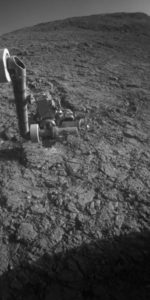

One Comment
One Ping
Pingback:Willing to Compromise: 30 Years Since the ‘Death Star’ Missions (Part 1) « AmericaSpace